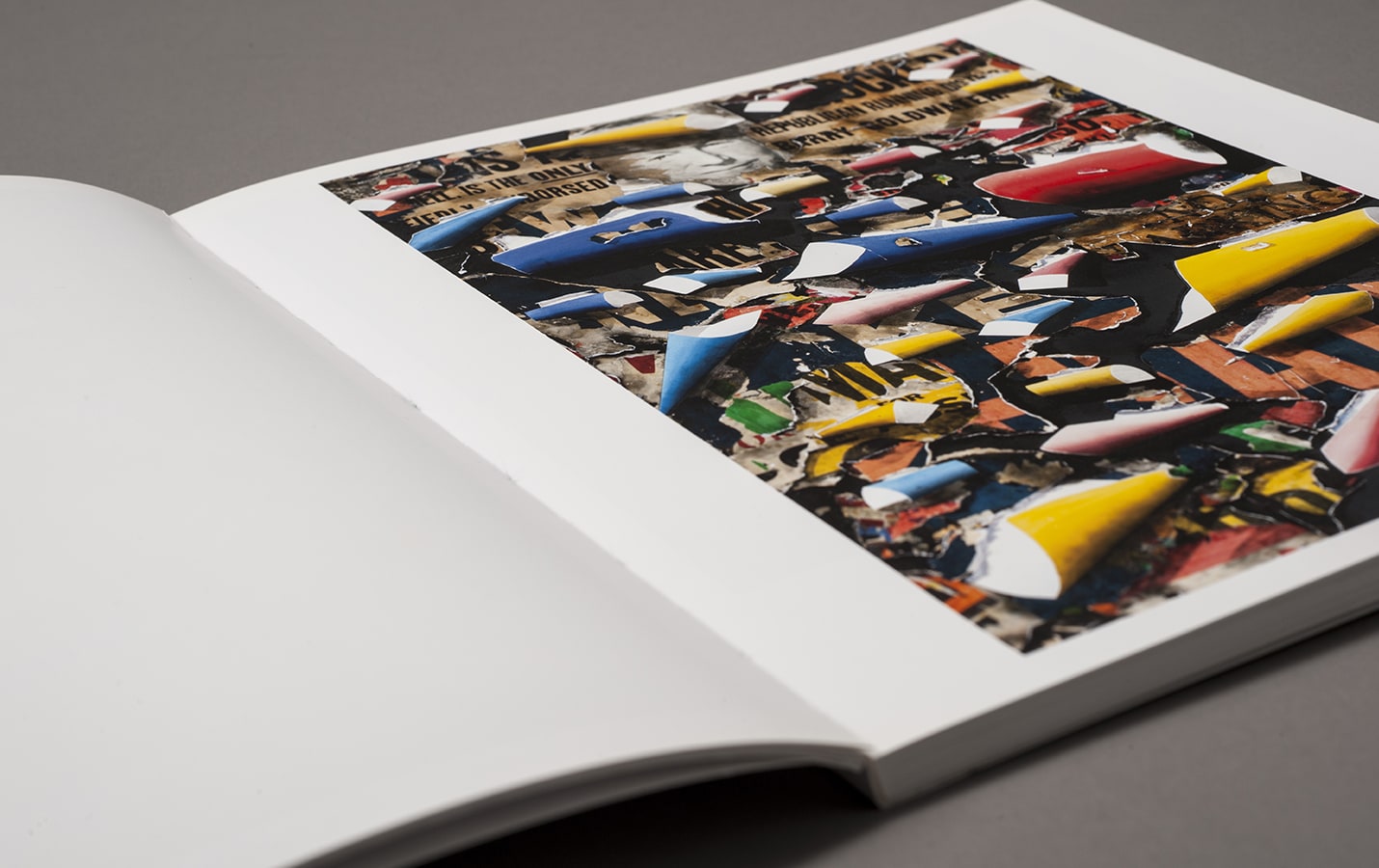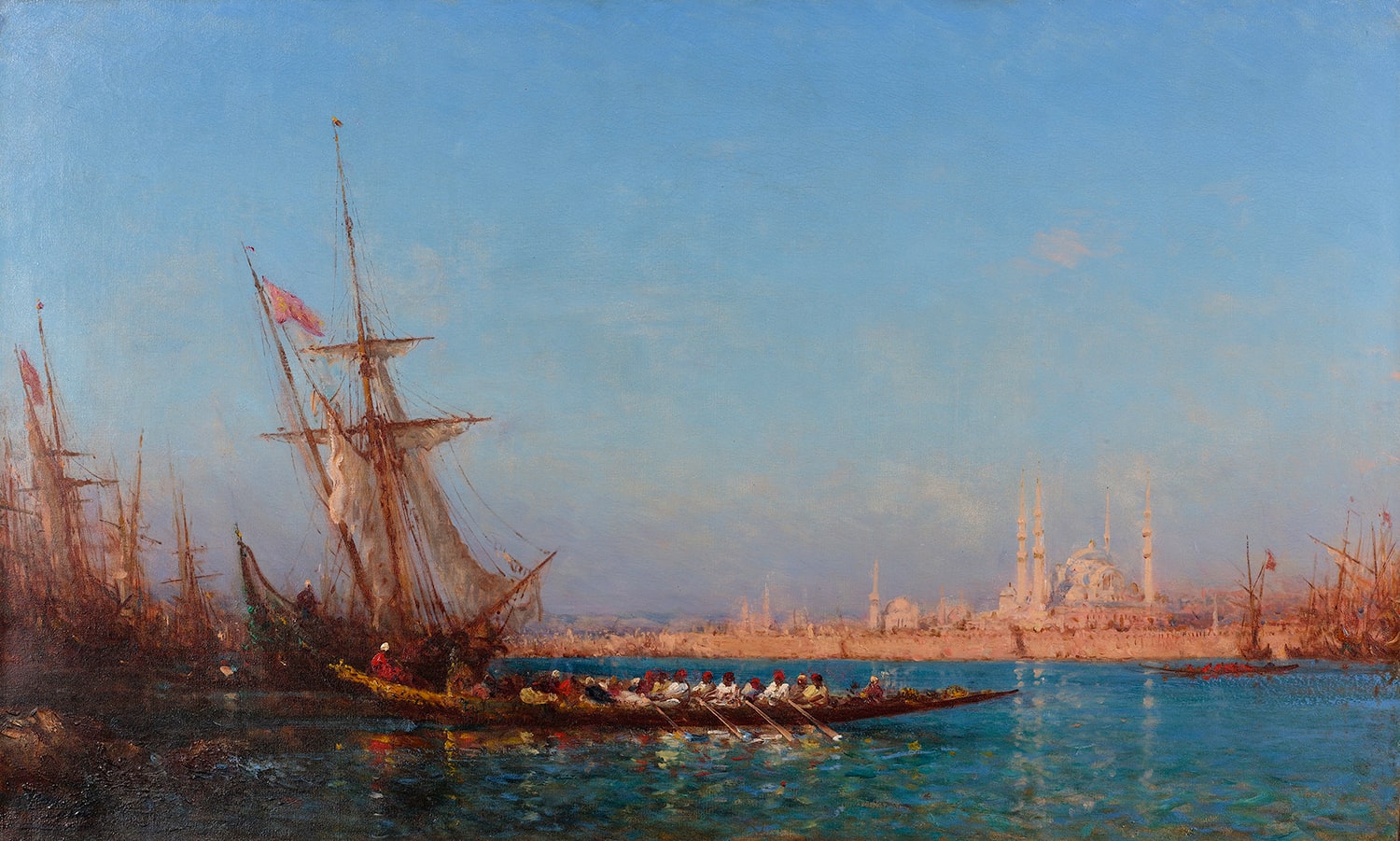May 3 - July 13, 2008
Although from very different origins and cultures, Dogançay (born in Istanbul, Turkey, in 1929) and Villeglé (born in Quimper, France, in 1926) share the same interest in the city. Whereas Dogançay soon felt the need to travel and find out what was happening elsewhere, Villeglé moved to Paris and henceforth participated in the collective “Nouveau Réalisme” adventure. Although Dogançay’s art was originally based primarily on conventional pictorial practices –almost exclusively gouaches and watercolors, standing as a testimony to his numerous journeys– since the mid-1960s he has taken his themes uniquely from images and signs seen on the walls of the cities he has traversed. As of 1949, Villeglé’s art has been based on collecting a world of ready-made “paintings” that are offered to him by “anonymously torn posters” that he saw when exploring the city.
Collage [gluing, pasting] in the first case, décollage [tearing down, unpeeling] in the second: these two practices characterize two sets of attitudes that, if not parallel, converge, and summon up a world of colorful icons founded on the theme of the city or images, absorbed into uncompromisingly abstract compositions. The idea of bringing together two leading artists of their generation in the same exhibition aims to reveal to viewers the similarities, as well as the differences between Dogançay and Villeglé, whose works anticipate, in their own way, the arrival of “graffiti” art as part of the same aesthetic impulse.
Curator: Philippe Piguet
Exhibition Catalogue

Although from very different origins and cultures, Doğançay (born in Istanbul, Turkey, in 1929) and Villeglé (born in Quimper, France, in 1926) share the same interest in the city. Whereas the...

The New Year is more than just a date change on the calendar. It often marks a turning point where the weight of past experiences is felt or the uncertainty of the future is faced. This season, Pera Film highlights films that delve into themes of hope, regret, nostalgia, and new beginnings.

Félix Ziem is accepted as one of the well-known artists of the romantic landscape painting, and has been followed closely by art lovers and collectors of all periods since. He had a profound influence on generations of artists after him, and was the first artist whose works were acquired by the Louvre while he was still alive.
Tuesday - Saturday 10:00 - 19:00
Friday 10:00 - 22:00
Sunday 12:00 - 18:00
The museum is closed on Mondays.
On Wednesdays, the students can
visit the museum free of admission.
Full ticket: 300 TL
Discounted: 150 TL
Groups: 200 TL (minimum 10 people)